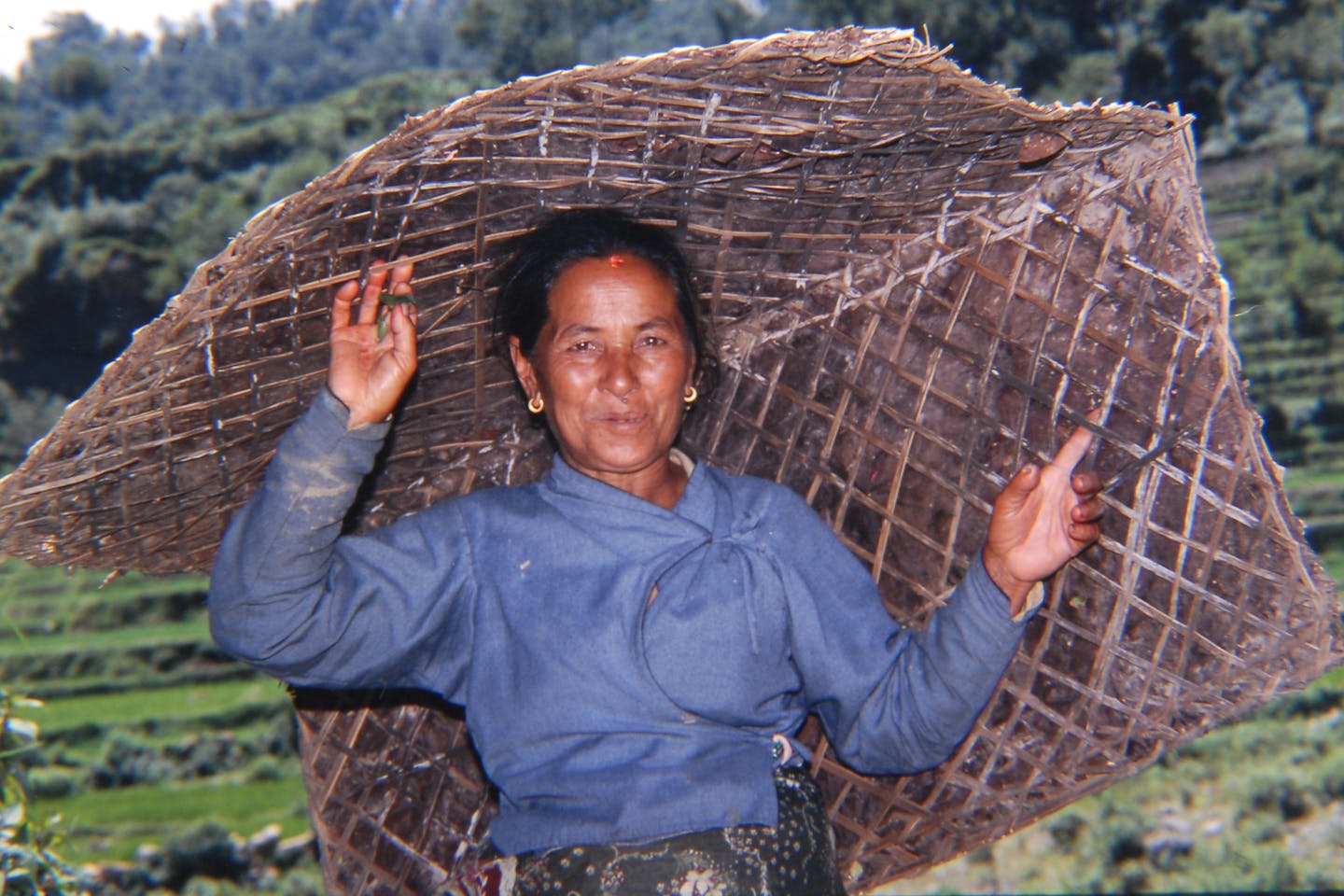Copyright eco-business

One local from Bung, another village in Mahakulung, told me the powers of a nokchho are rooted not only in the spiritual world, but in wisdom developed after generations of close observation and interaction with the land. “Looking at insects under the stone and soil… may seem superstitious and even mythical to some, but there are reasons behind these traditions,” he said. “If termites are seen, it is believed that crops may suffer from pests – termites naturally destroy wood and plants, after all. If the soil is wet, it is taken as a sign of fertility, and a good harvest is expected. If the land is dry, drought is predicted. And if earthworms are seen, people say there will be more rain that year,” he explained. “These may not be documented in science books,” he added, “but they’re not entirely baseless. They come from centuries of lived experience and careful observation of natural patterns by our ancestors.” He did, though, agree that this way of passing traditions down means their accuracy is now compromised, a result of fewer people studiously participating in activities and rituals like the tos due to a lack of interest. Adapting to climate change Mahakulung is home to a population of nearly 12,000, according to the 2021 Nepal census. While a majority now work in teaching, government jobs, business or as trekking guides, agriculture is still important to the community. In the region’s harsh and cold terrain, locals grow crops like millet, buckwheat, maize and potatoes as staples. Cash crops like cardamom and tea are also cultivated, and kiwi fruit, previously unheard of, has gained popularity in recent years due to its suitability in the local climate. However, the changing weather, environmental shifts and population growth have generally made achieving good yields difficult. Although modern inputs such as pesticides and chemical fertilisers are available, these are seen as long-term threats to soil and human health.



